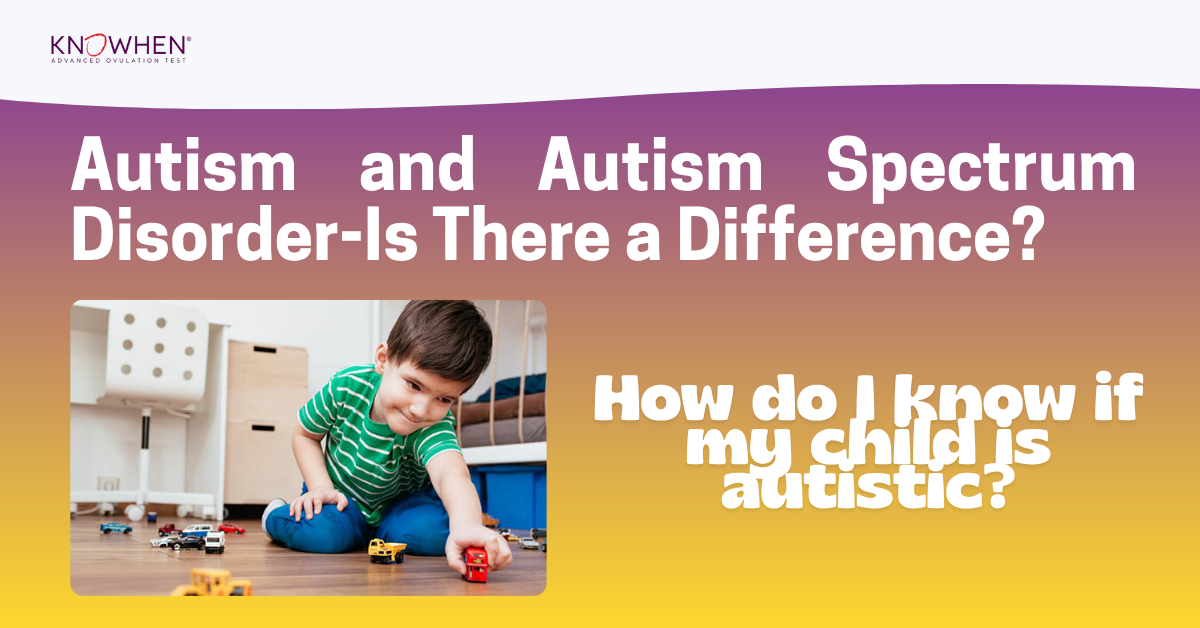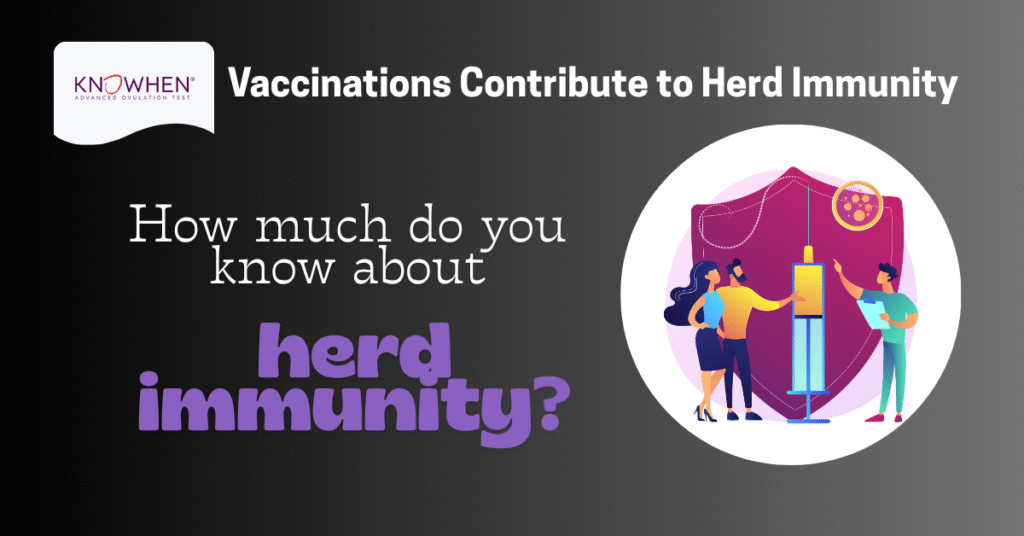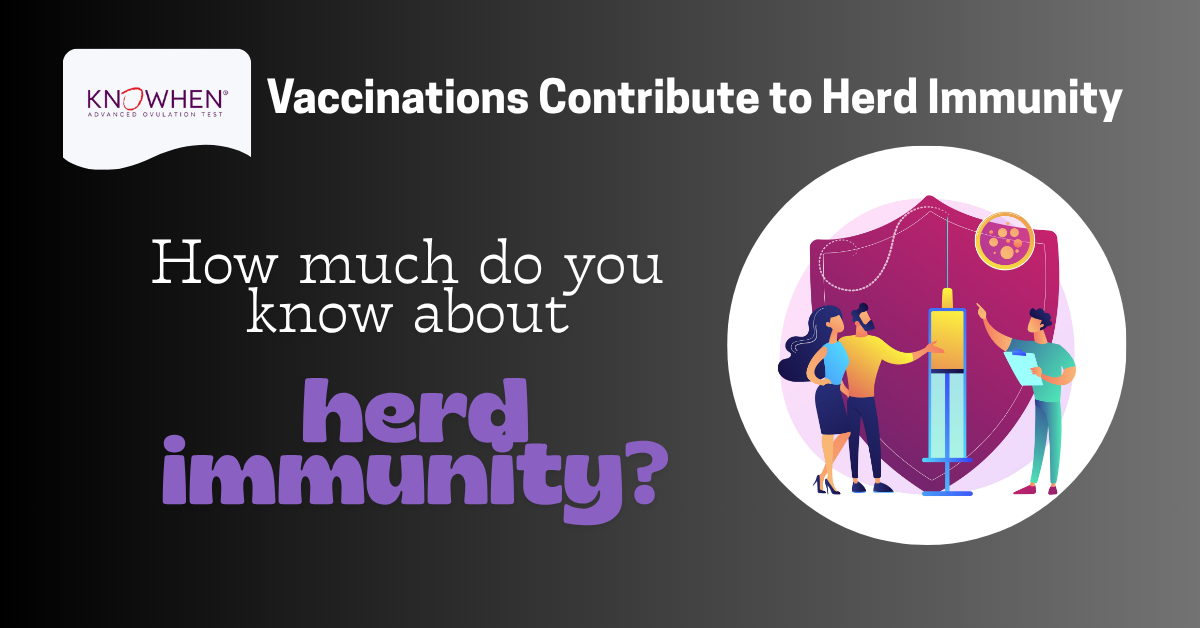
- All it takes is just a drop of saliva

Herd immunity, also known as population immunity, is the indirect protection from an infectious disease. This protection from disease in a large percentage of the population can result from widespread vaccination, making the population immune to bacterial or viral infection. Or the immunity may have developed from having a disease and then recovering from it.
The Difficulty in Preventing Disease from Organisms Which Mutate Often
Some bacteria or viruses change their gene structure fairly often to adapt to their environment. When these organisms mutates rapidly, there is no way for herd immunity to be established. This is the case with the flu or Covid viruses. That’s why people get a flu shot have to have a new flu shot every flu season.
The flu organism from the last flu season has mutated into a different enough organism that the old vaccine no longer works against the newly mutated flu organism. You may still be immune to the version of the flu virus that was going around last year, but the flu virus going around this year has developed into a different enough form of the virus that the last year’s flu shot doesn’t protect you from this year’s flu.
So if you want to try to maintain some sort of protection from the flu, you may need to get each season’s flu shot. So herd immunity doesn’t work for diseases caused by organisms which change their structure rapidly to adapt to their environment.
Vaccinations Vary in How Effective They Are in Preventing Disease
Some vaccines are more effective than others. If the vaccine allows a relatively high rate of infection despite immunization, herd immunity will be less effective.
Herd immunity only works for diseases that are spread directly between people. Tetanus, for example, is contracted from bacteria in soil. Under these circumstances, herd immunization is impossible because the majority of the population has not been exposed to the tetanus organism. However, if you are cut or have an accident which exposes you to bacteria in the soil, you can get a vaccine to prevent infection from the tetanus bacteria in the soil. You may have noticed that if you show up in the emergency room with a cut or some kind, you may be offered a tetanus shot.
The percentage of people who need to be vaccinated to create herd immunity to a disease varies with each illness. For example, herd immunity against measles requires about 95 percent of the population protected from the disease with vaccinations to achieve effective herd immunity. It is felt that the remaining 5 percent will be protected by the fact that measles will not spread among those with immunity, whether that immunity is the result of vaccination or from having the disease.
Some Background on the Polio Vaccine
Herd immunity works very well against polio because the polio virus does not mutate rapidly as the influenza virus or the Covid virus do. The Salk vaccine was the first polio vaccine and was introduced in the 1950s. The Salk vaccine did not contain a live polio virus. Later, the oral polio vaccine that was developed contained a live attenuated virus. This form of polio vaccine was discontinued due to the rare but possible cases of vaccine-associated paralytic polio which might occur.
Since the year 2000, the polio vaccine contains an inactivated virus. It does not contain live virus. This vaccine uses only killed virus strains, ensuring it cannot cause polio. If you are unsure if you are protected from the polio virus, polio immunity can be determined with a blood test for polio virus types 1, 2 and 3.
Vaccinations Do Not Always Give Lifetime Immunity
Vaccinations for some diseases do not provide lifetime immunity, such as the following vaccinations:
• Diphtheria and
• Whooping cough
These vaccinations are more difficult to generate any long-term immunity against because the vaccines offer only temporary immunity. The vaccines for diphtheria and whooping cough create immunity for about 10 years, This is why boosters for these vaccines are recommended every decade.
So as you can see, herd immunity is not always possible for diseases we may be familiar with. When considering vaccinations, be sure to check into just what the vaccination offers and be sure it’s the kind of protection you are looking for.




The KNOWHEN® Ovulation Test tracks your ovulation using only a drop of your saliva. It identifies your five (5) most fertile days and the best days in your ovulation cycle if you’re trying to conceive.